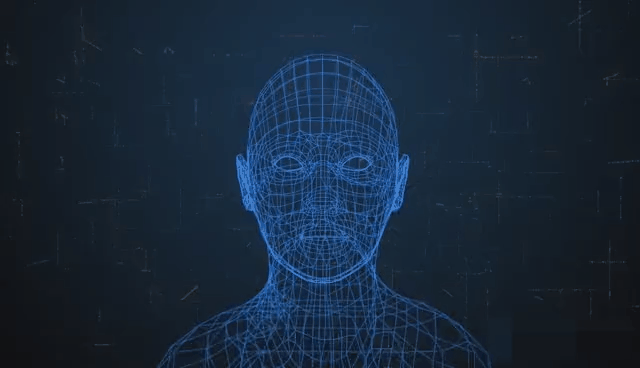At present, among the various personal protective equipment used in anti-epidemic measures, goggles are criticized for causing the most trouble for medical staff. It can be seen from many media reports that goggles have the following problems:
Limited size selection, relies on strong tightening straps to adapt the shape of the face, and protection is often incomplete
Tightening the skin for long periods of time could cause severe bruises on the face and lead to potential infection
Nearsighted workers need to wear two pairs of glasses, which is inconvenient and produces goggle fog that affects vision

Images taken from the Internet
In response to the various problems that traditional goggles bring to medical and epidemic prevention staff, Professor Zhou Kun’s team at the the State Key Lab of CAD&CG of Zhejiang University recently announced a new research result: face-customized goggles. These goggles are 3D printed based on the wearer’s face measurements and fits perfectly for each user, which solves the problem of long-term wearability and comfort of goggles.
An Automated Design Technique for Goggles
01 Three-dimensional scan to obtain user’s face shape data

02 Automated program to complete 3D design
The program calculates optimal result for dozens of parameters such as size, inclination angle, lens distance, angle of the bridge, etc., and finally generates a geometric shape that perfectly fits the human eye socket.

03 3D printing technology for production
(Video from the web)

The main challenge of this technology is to quickly and automatically generate goggle designs that takes into account many design goals. While ensuring perfect fit on the face, it is necessary to engineer the shape of the key components of the goggles (frame, bridge, vent, etc.,) to meet functional requirements. The design must also consider the limitations of 3D printing production on wall thickness, as well as the smoothness and aesthetic of the goggle. Each of these problems is not complicated to tackle individually, but coupling them together becomes a very difficult optimization problem. Professor Zhou Kun's team determined the overall idea of the cascade optimization of the gradient domain in a short time by virtue of their immense experience in the field of 3D modeling and geometric calculation. The team solved the challenges of contact surface control, slot hole position maintenance and automatic symmetry adjustment. Using the massive parallel computing capabilities of GPUs to accelerate the optimization process, this technology is able to automatically complete a goggle design within 30 seconds of obtaining the user’s face model.
Design cannot exist without production. No two people have the same face, which means that each pair of goggles generated based on the user's face has a unique shape. Traditional mold-making production methods cannot produce such customized products, but 3D printing technology can solve this problem. The development and rapid popularization of 3D printing technology makes it possible to complete the customized production of goggles at a relatively low cost in a short period of time, and even allows personalize patterns on the surface with color printing. Innovative production methods combined with the 3D scanning function that has been gradually utilized on mobile devices allow this technology to get applied in the real world and aid anti-epidemic personnels.
At present, this research result has applied for a national patent and completed clinical trails in two hospitals in Hangzhou.

Photo: Faces are blurred to protect privacy

Photo: product demonstration
Medical staff widely praised this new invention: these goggles are much more comfortable to wear. The entire ring fits on the eye socket, and pressure on the face is evenly distributed. Even if the goggle is worn all day, the marks left on the face are not too obvious and they disappear soon after it’s taken off. The lens is directly installed on the goggles so there is no need to wear glasses inside the goggle anymore, and the fogging problem is greatly improved.”
Zhou Kun said: In fact, the application of this automatic head-mounted device design technology is not limited to personal protection during the epidemic, it is also very promising for producing sports glasses and virtual reality/augmented reality devices.







